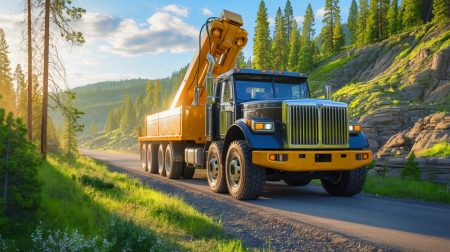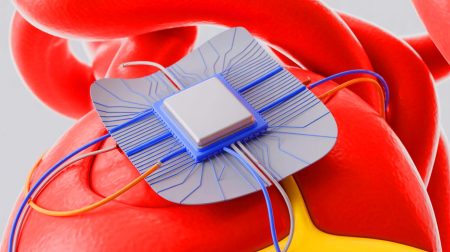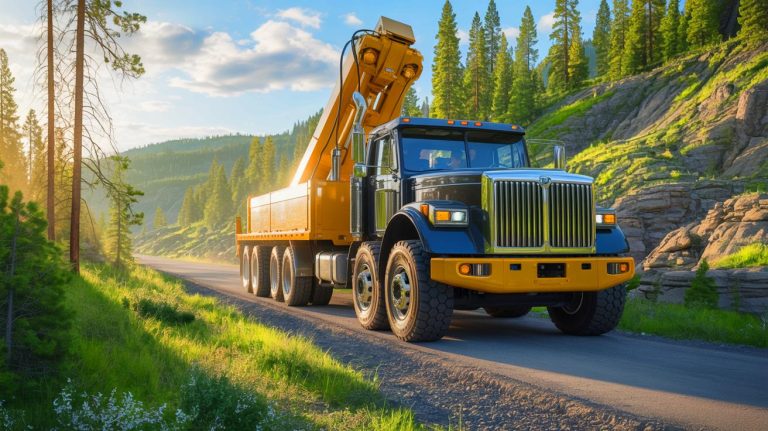| IN A NUTSHELL |
|
In a groundbreaking effort to better understand the dynamics of Yellowstone’s supervolcano, scientists have utilized cutting-edge technology to provide a clearer picture of its magma chamber. Using a massive 53,000-pound vibroseis truck, a seismic survey was conducted to assess the stability of this geological giant. This study, published in the acclaimed journal Nature, offers new insights into the volcanic reservoir beneath Yellowstone, revealing reassuring information about its eruptive potential. As researchers continue to explore this subterranean world, the findings bring both a sense of relief and a deeper understanding of one of nature’s most powerful forces.
How to Create a Custom Earthquake
To probe the depths of Yellowstone’s magma chamber, scientists embarked on a novel approach: simulating an earthquake. By deploying the vibroseis truck, researchers were able to generate low-frequency seismic waves. The truck’s hydraulic plate was pressed against roadside pull-outs along Yellowstone’s Grand Loop Road, pulsing energy into the earth’s crust. Equipped with 600 portable seismometers, alongside the park’s permanent network, the team captured echoes as these waves bounced off underground structures.
Unlike a jackhammer, the truck’s gentle approach allowed for precision in targeting the magma chamber’s reflector. This controlled technique enabled scientists to map the top of the chamber, avoiding disturbance to the park’s visitors by conducting surveys at night. As Mike Poland from the Yellowstone Volcano Observatory explained, this method was effective in bouncing seismic energy off subsurface features, offering a clearer image of the volcanic system beneath. The survey’s innovative approach marks a significant advancement in volcanic research, providing a more detailed understanding of Yellowstone’s geological composition.
A Flat-Topped Reservoir with a Fizzy Lid
The results of the survey unveiled a distinct boundary at the top of the magma chamber, located approximately 2.4 miles beneath the surface. Previous studies had been unable to accurately determine the chamber’s shape and depth, making this discovery particularly noteworthy. The seismic reflections revealed a layer composed of not only molten rock and crystals but also magmatic gas bubbles. This “volatile-rich layer” behaves similarly to the foam atop a freshly opened soda can, allowing gases to escape easily and preventing dangerous pressure buildup.
Geochemical evidence supports the presence of this gas-rich layer, confirming that gases leak out rather than accumulate. The new model estimates the cap layer consists of about 14 percent fluid, primarily supercritical gas, and 86 percent solid crystals. This composition allows for efficient venting through Yellowstone’s geysers and hot springs, reducing the risk of an explosive eruption. The findings highlight the intricate balance within the magma chamber and its ability to maintain stability despite the presence of potentially volatile components.
Good News for the Near Future
The vibroseis experiment corroborates years of monitoring that depict Yellowstone as a stable volcanic system. The majority of the magma chamber is solid, with only a small molten fraction, while the gas-rich lid efficiently vents through geothermal features. Mike Poland emphasizes that all evidence points to a magma chamber that is largely solid and not accumulating dangerous pressure.
Concerns about the potential for artificial quakes to trigger an eruption are unfounded, as the energy generated by vibroseis trucks is significantly less than that of natural earthquakes in the region. The U.S. Geological Survey’s Yellowstone Volcano Observatory continues to monitor the system for any signs of increased melt or pressure. For now, Yellowstone’s subterranean world remains quietly active, with its geysers providing a spectacular yet safe spectacle for visitors. This stability is welcome news for those who frequent the park, seeking the beauty of geysers without the threat of volcanic eruptions.
As scientists continue to study Yellowstone’s supervolcano, the knowledge gained from these seismic surveys will be invaluable in predicting future activity. The ability to map the magma chamber with such precision offers hope for better forecasting and preparedness. As we learn more about this geological marvel, one can’t help but wonder: What other secrets lie beneath Yellowstone’s surface, waiting to be discovered?
Did you like it? 4.6/5 (23)









Fascinating read! But how often do they use this vibroseis truck for research? 🚚